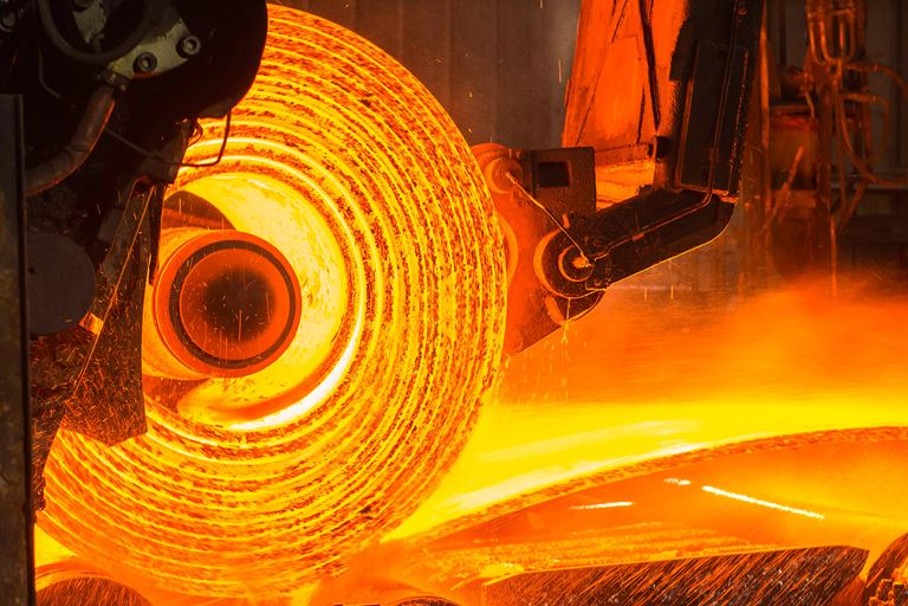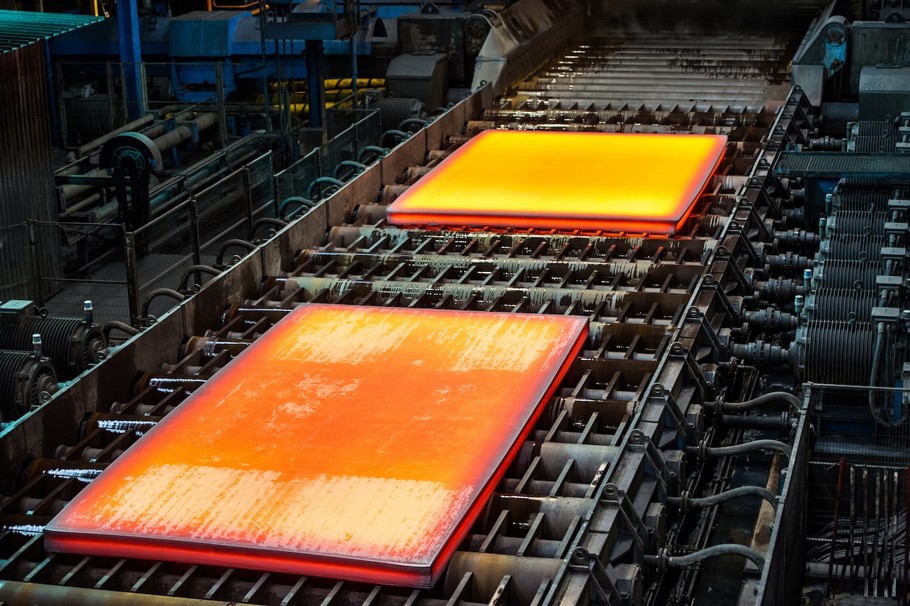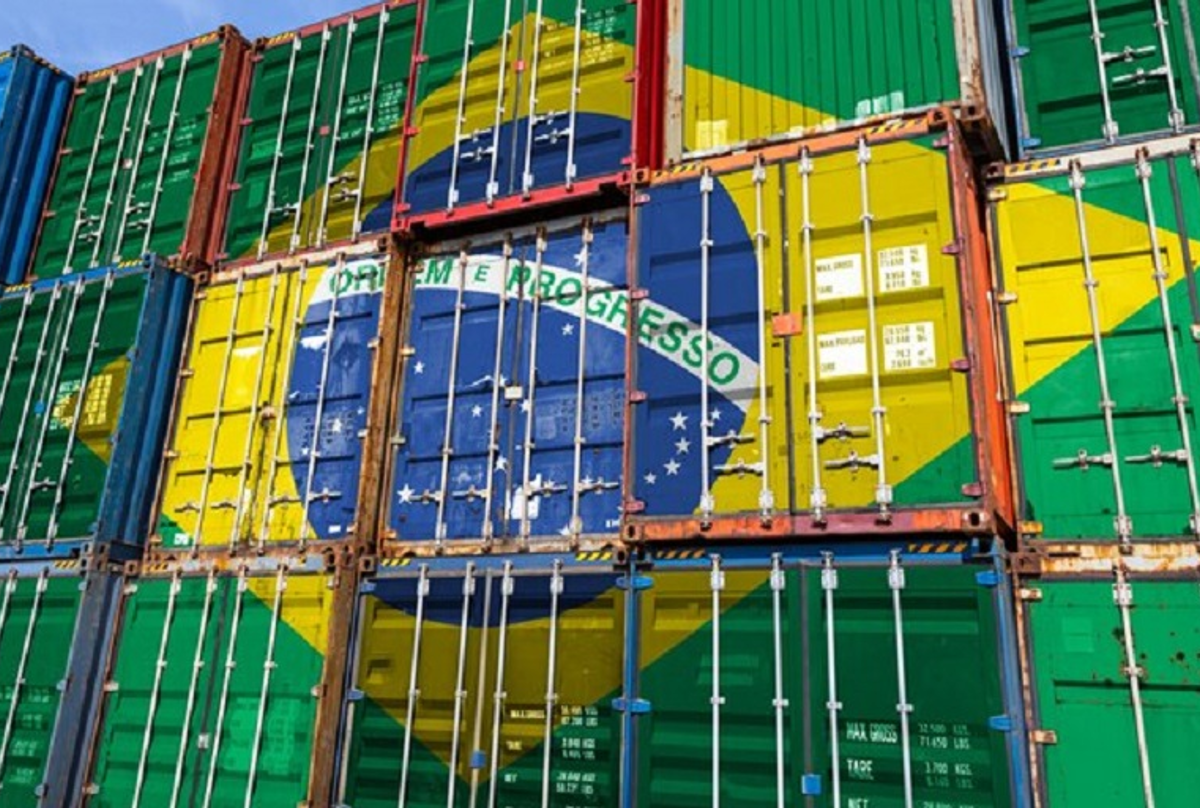Prices

March 8, 2019
Steel Buyers Unsure Where Prices Go from Here
Written by John Packard
As markets transition from one phase to another, the process can sometimes be “messy” until there is a clear direction as momentum shifts. Many steel buyers reported a higher sense of confidence that the market has “turned the corner” and will move higher from here. However, the feelings are not universally shared as some buyers continue to be unsure as to the ultimate direction flat rolled steel prices will take over the coming weeks.
Steel Market Update spoke either directly or through emails with many steel buyers earlier this week as we gathered market pricing information. During that process, we received comments regarding the strength (or weakness) associated with the current market. We also inquired as to whether there were any concerns with the high capacity utilization rates, which this week were reported by AISI to be close to 83 percent.
![]() Steel buyers (and SMU) watch lead times very closely. One large service center told us that the operating rates have not necessarily translated into longer lead times from suppliers. This buyer reported still being able to get March tons and in their opinion “…[the mills] recruiting business to fill March is slowing the growth in pricing. I would say we are stalled, and reasonable volume earns pricing under 700.” They went on to say, “Getting volume transactions to price above 700 seems like it is still a ways away.” They also noted, “Distribution doesn’t seem to be using 730 as an expected replacement cost.” The reference to the $730 per ton number on hot rolled is based on the price increase announcement made by ArcelorMittal USA, which provided specific spot base price guidance with $730 being the base number on HRC.
Steel buyers (and SMU) watch lead times very closely. One large service center told us that the operating rates have not necessarily translated into longer lead times from suppliers. This buyer reported still being able to get March tons and in their opinion “…[the mills] recruiting business to fill March is slowing the growth in pricing. I would say we are stalled, and reasonable volume earns pricing under 700.” They went on to say, “Getting volume transactions to price above 700 seems like it is still a ways away.” They also noted, “Distribution doesn’t seem to be using 730 as an expected replacement cost.” The reference to the $730 per ton number on hot rolled is based on the price increase announcement made by ArcelorMittal USA, which provided specific spot base price guidance with $730 being the base number on HRC.
Another service center who has less exposure to the hot rolled markets sees the market a little differently. “At this moment the mills have been able to realize some of the announced pricing increases for spot orders. I do not know if the higher operating rates will make up for the reduction of imports. The import numbers are still too close to the foreign offerings to make much sense and, since the New Year holiday, prices from Asia are up. We are still seeing slow demand in the construction market (duh-huh, it rains everyday), but I think there is some pent-up demand in there when weather conditions improve. Lead times on coated products are stretched. I don’t really see much pricing movement compared to last week, but I do think there are some holes that customers are having to fill and it may be tough on coated [tough to fill those holes]. However, I don’t really see this as a green light for the mills – more like a yellow light for buyers. Global demand cannot match global supply unless China pours unreal amounts of money into its economy. Everyone should just be happy with 680 HRC and enjoy that for as long as the tariffs last. Be cautious.”
There doesn’t seem to be any sense of urgency with the majority of steel buyers. “I am not convinced this market has a direction, either up or down. I believe we are ‘willing it’ to be stronger, but not sure there is enough demand backbone to support any duration of increased pricing. Our experience is that demand is flat, if not down a tick. We are approaching the next 90 days with caution. If this market can’t support $700+ for at least 90 days, I believe we are in for another price slide to the mid $600’s,” said a service center buyer.
From an automotive-related service center, “I haven’t seen any movement in pricing this week. Quotes that were supposed to expire have been extended at my request. On a positive note, I haven’t seen prices going down, either. I have had a number of no quotes for large quantities of Galvanized that I have inquired. It seems as if that is the tightest product.”
Yet another service center said, “Generally, it seems more certain that the U.S. market has turned the corner, but the jury is still out as to its strength and duration. Margins in the U.S. for flat rolled are still pretty good and it could be argued that the flat rolled mills will take a tip from their long product contemporaries and try to take pricing up only to a level that will still not encourage a significant surge in imports. As most flat rolled mills have some sort of expansion scheduled over the next three years, gaining and maintaining market share may become a bigger issue than maximizing profits for this short moment in time. But we’ll see.”
One of the end users with whom we communicate on a regular basis is a bit skeptical. “Weather is always a factor at this time of year and this year has not disappointed so far. The Vale iron ore issue could be a real influencer of H1 pricing and is clearly having an impact on the export price of Brazilian slabs coming to the U.S. Real demand in the U.S. has to pick up, though, or orders placed to catch the market bottom will be backed up in inventory and prices will correct down as quickly as they are rumored to be correcting upward. Auto demand is flat to down. Housing was down in December on consumer sentiment and interest rates. Energy demand appears to be off. Something has to give as we enter the spring, or 82 percent capability utilization rates will just be a nice thought as the sting of reality sets in.”
Not everyone is so passive in their evaluation of the strength of the market and what might be facing buyers in the future. An end user told us, “There seems to be gaining strength in the current flat roll market. Mills are trying to stand firm at $35-$36/cwt base for HR. Seem to be succeeding on spot orders I am hearing, which should bring CRU up this week some. With scrap going up even a small amount, capacity utilization rates hovering at 83 percent this week and imports continuing to drop, we may be setting ourselves up for more of an increase in price than everyone is predicting. I’m starting to be more bullish on prices rising. I am very concerned import offers are just too high and very little will be coming heading into the summer.”
So, if you are keeping score, it seems that the majority of the steel buyers with whom we spoke this week are questioning the real strength of the market and are questioning if the steel mills have the ability to collect HRC prices much over $700 per ton. We are hearing that coated steels are the strongest product. We are also hearing of pockets of strength at some of the mills who are turning down short lead time orders.
SMU continues to caution buyers to remain cognizant of what is going on in the market and to remain connected to Steel Market Update as we constantly review trends and pricing.







